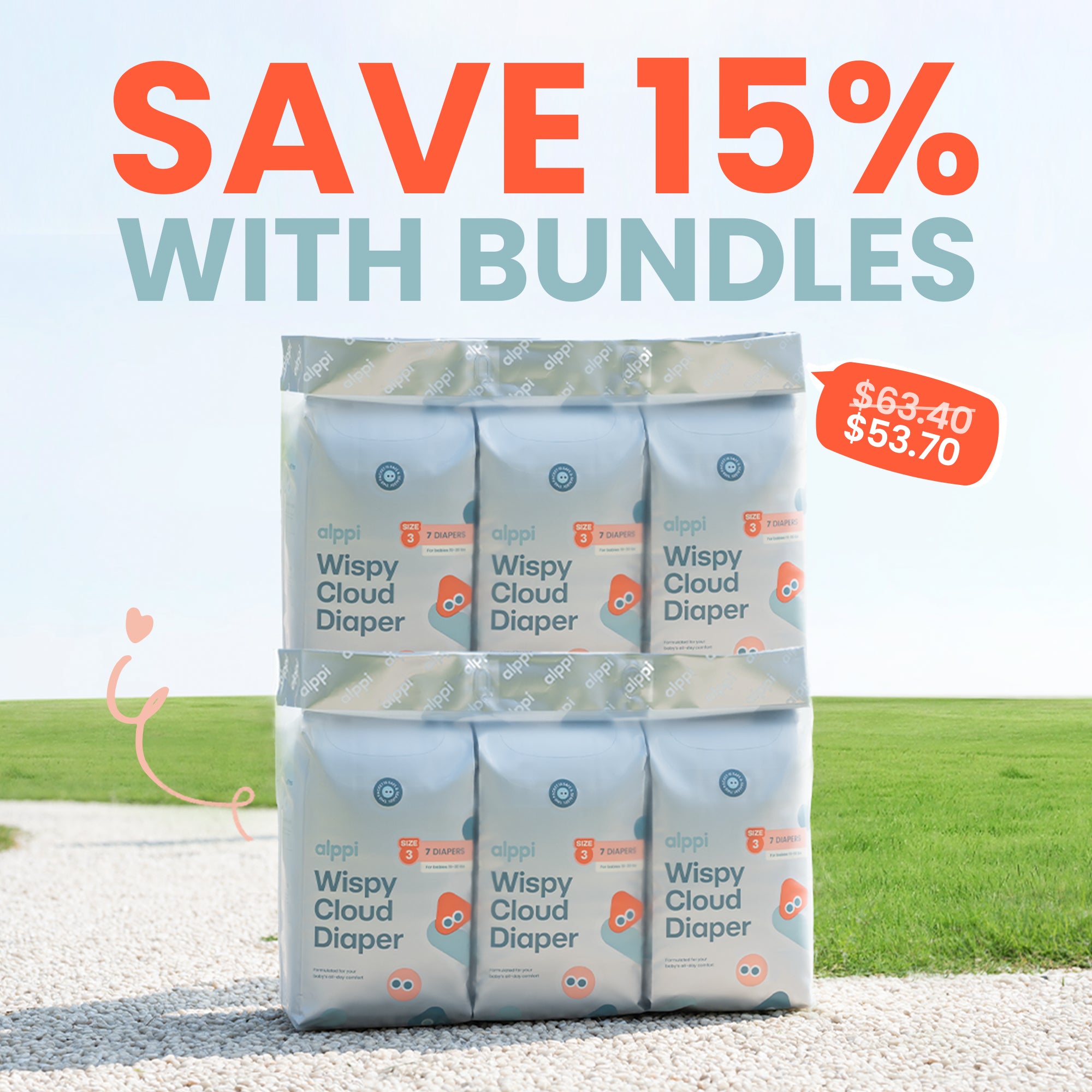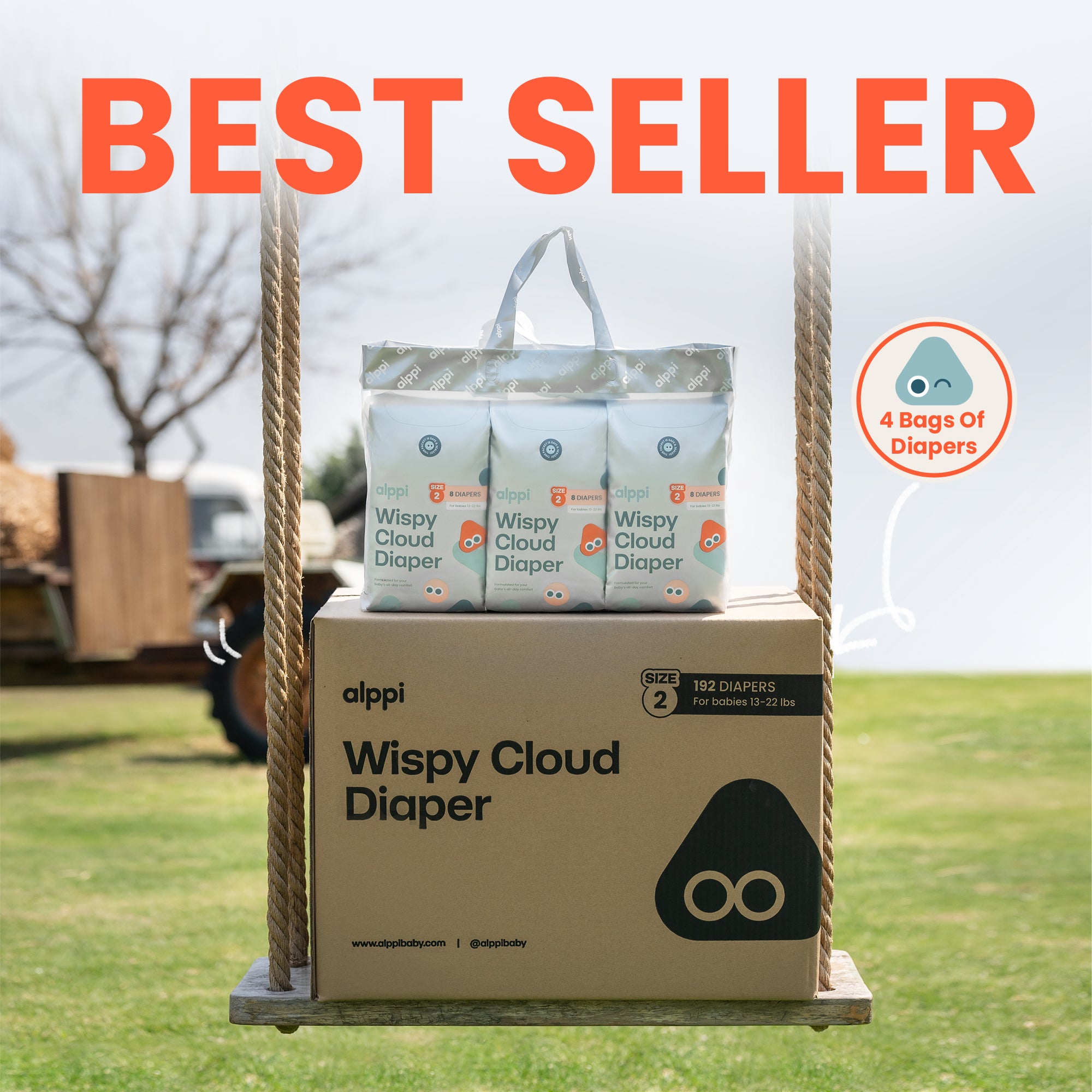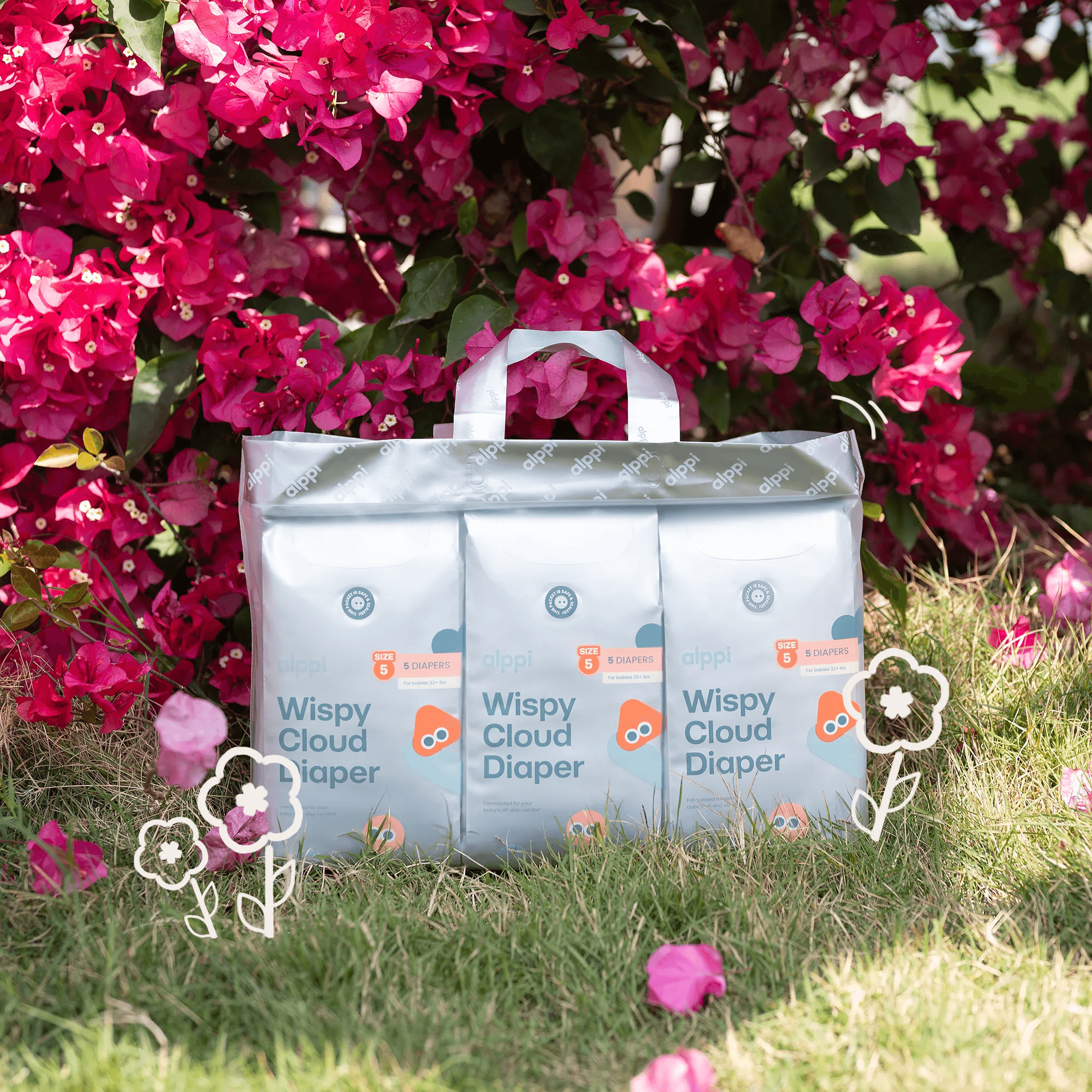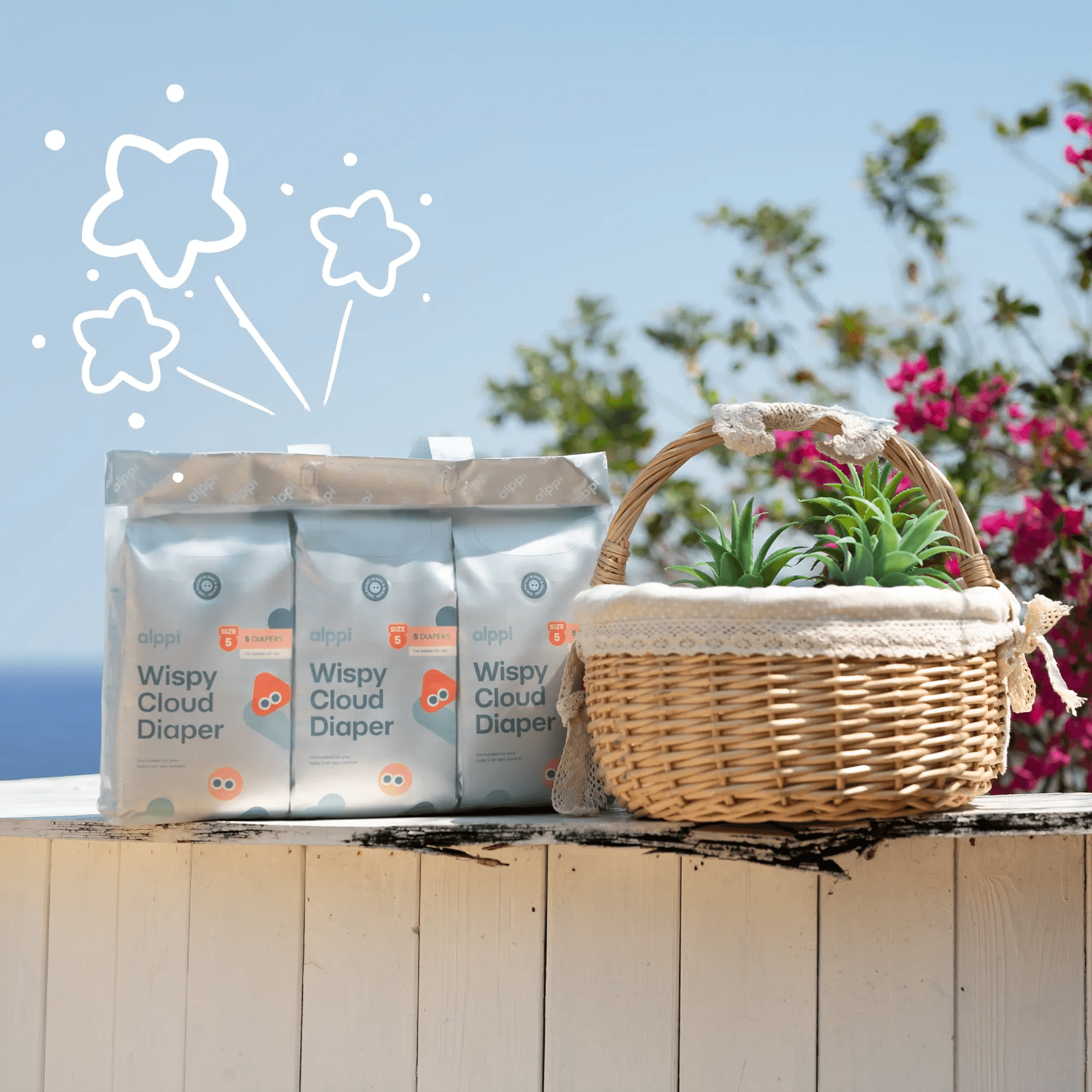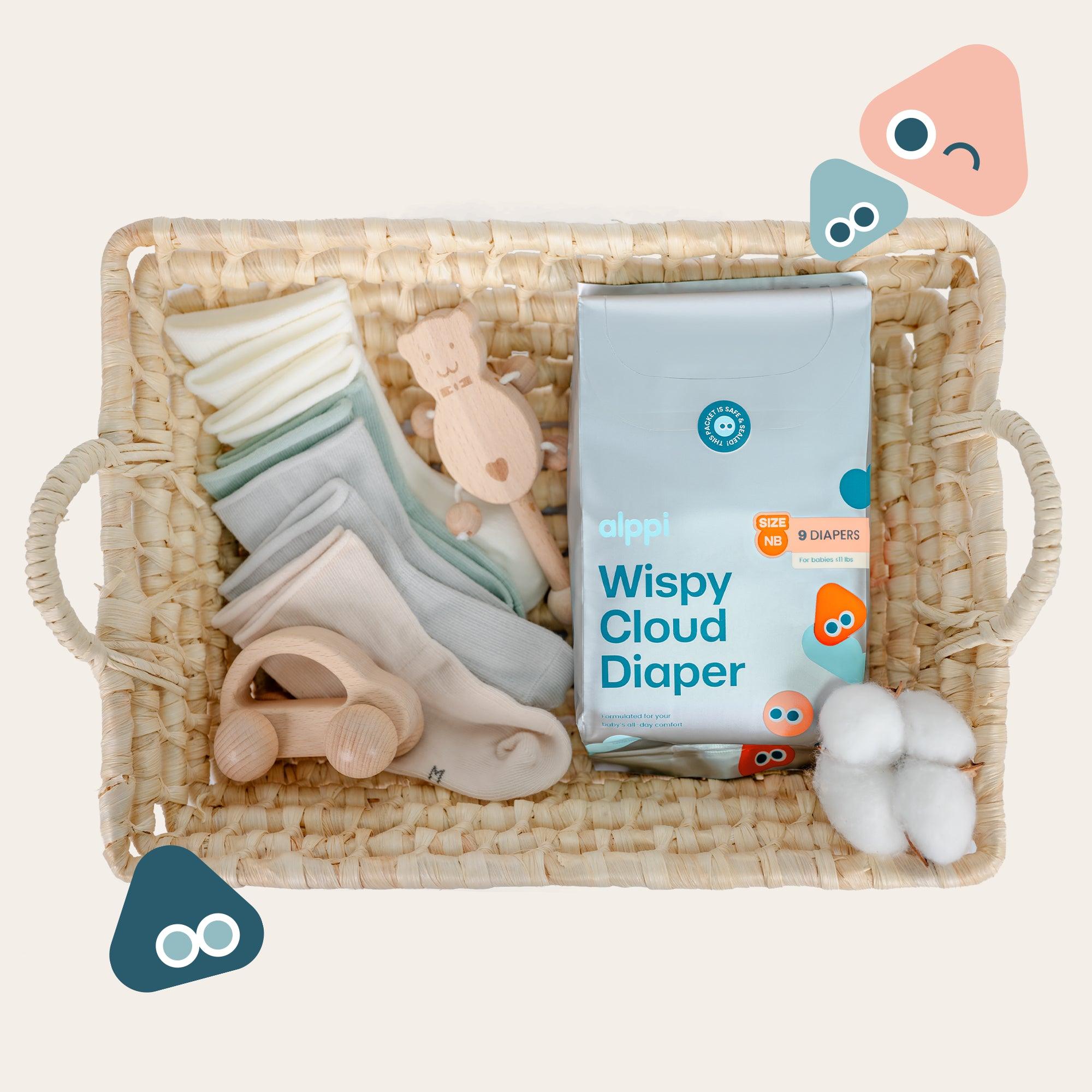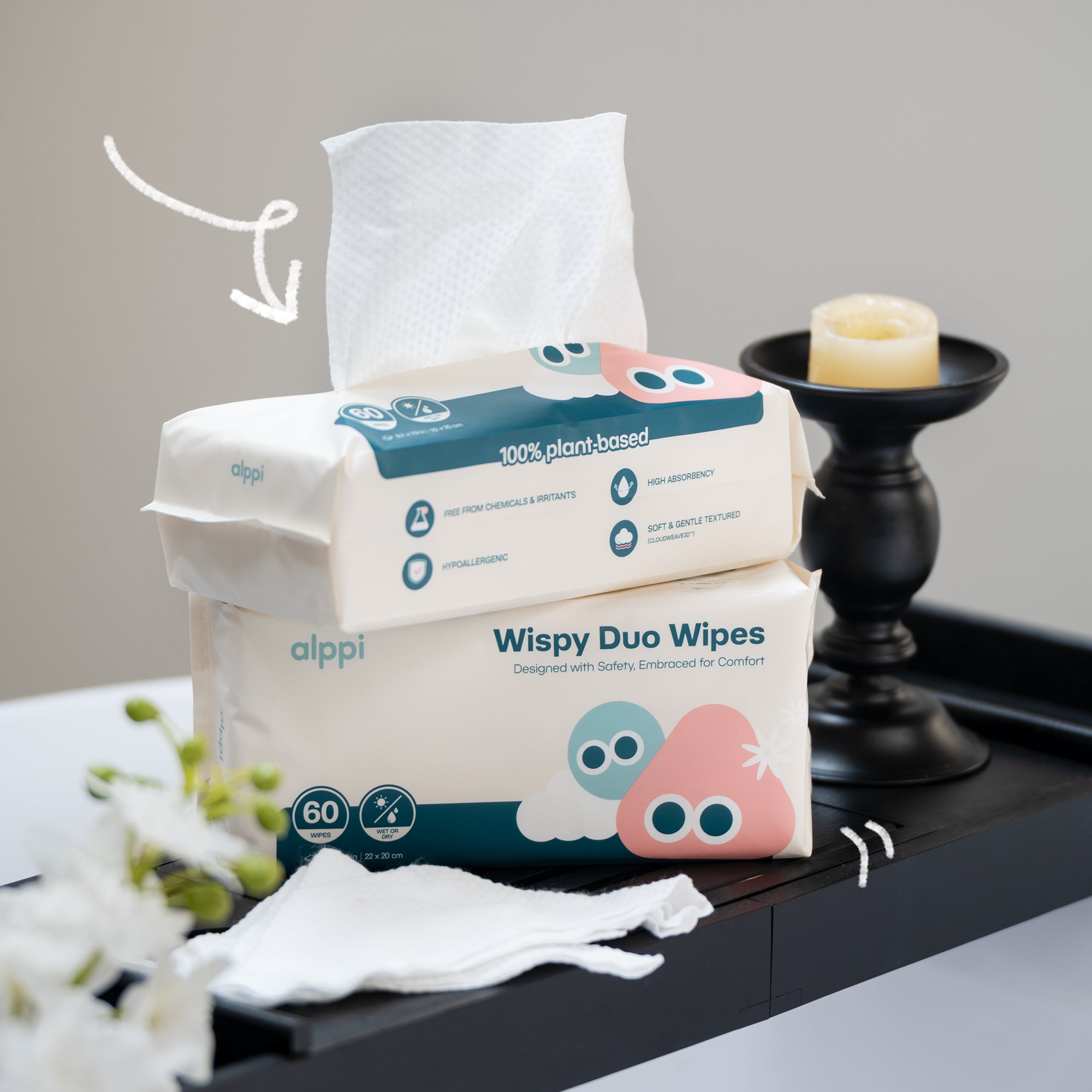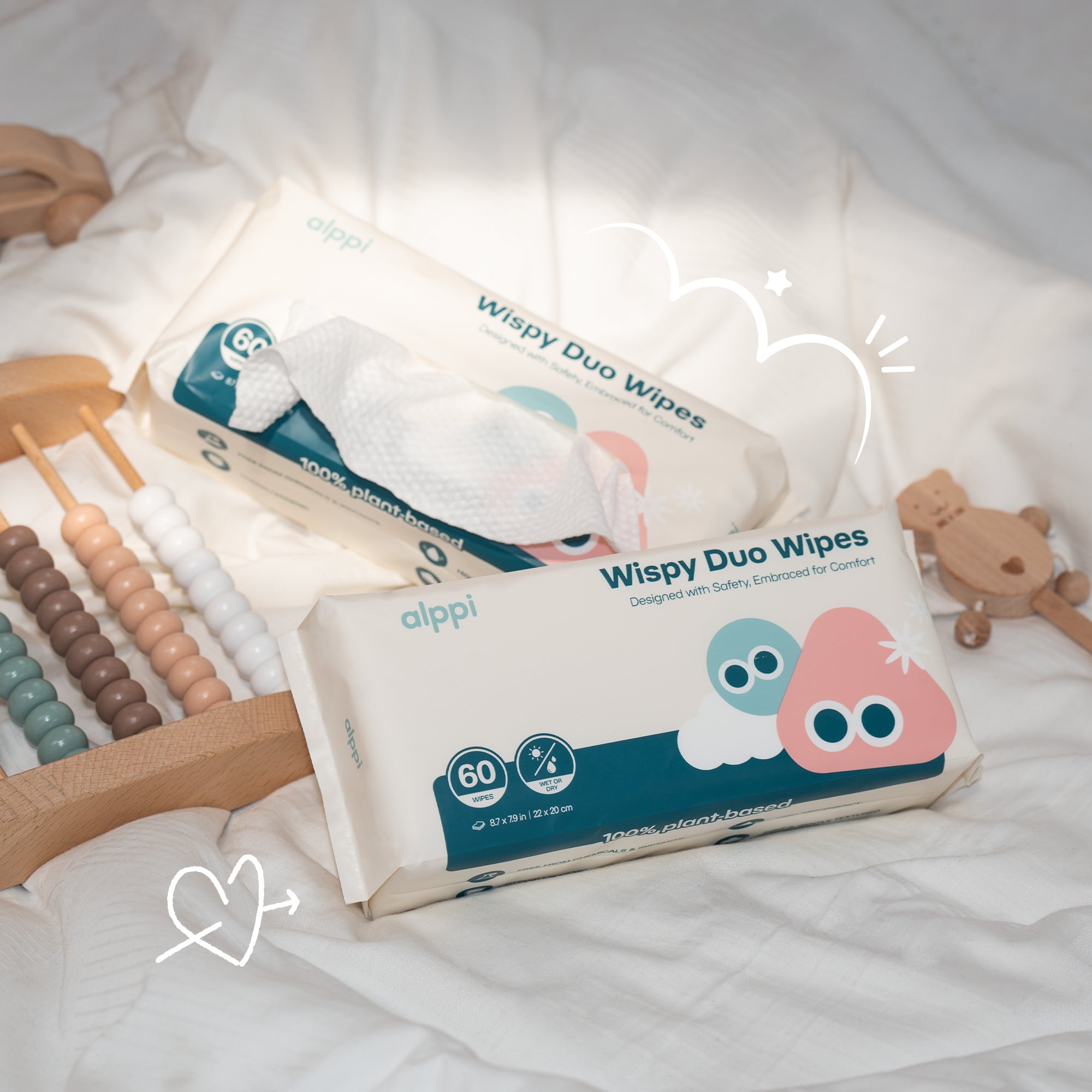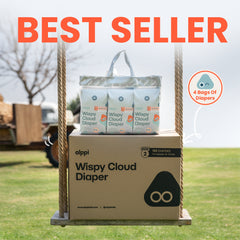Learning how to swaddle a newborn can feel a little tricky at first, but once you get the hang of it, it becomes one of the sweetest parts of caring for your baby.
Swaddling your newborn is such a gentle way to help them feel safe, calm, and ready to rest. It’s almost like giving them a warm hug that reminds them of being in the womb.
To start, lay a soft, lightweight blanket flat and fold down one corner to make a small triangle. Place your baby on the blanket with their head above the fold and shoulders just below it. Gently tuck their arms at their sides, then wrap the blanket around them. Keep it snug but never too tight—your baby should still have room to move their hips comfortably.
Keep reading—we’ll walk through the steps together in a way that feels easy.
How to Swaddle a Newborn Step-by-Step Guide

Swaddling keeps your baby snug and helps them feel calm. It works best when you use the right blanket and wrap them in a way that is both secure and gentle.
Preparing the Swaddling Blanket
Choose a lightweight cotton or muslin blanket. These fabrics are breathable and reduce the risk of overheating.
Avoid thick or weighted blankets since they can trap too much heat. A standard receiving blanket works well for most newborns.
Lay the blanket flat on a safe surface like a bed or changing table. Spread it out in a diamond shape with one corner pointing up.
Fold the top corner down about 6 inches to create a straight edge. This fold gives you a pocket to tuck your baby’s shoulders under and helps keep the wrap even.
Make sure the blanket is smooth and not bunched up. This helps the swaddle look neat and feel comfortable.
Proper Positioning of Your Baby
Place your baby on their back with their shoulders just below the folded edge of the blanket. Their head should remain uncovered at all times.
Babies should never be swaddled face down or on their side. Keep your baby’s arms in the position they prefer—some like arms down, others near their face.
Both positions are safe as long as the wrap is snug but not tight. Leave enough room around the hips and legs.
Your baby should be able to bend and move their legs freely. This helps prevent hip problems from a swaddle that’s too tight around the lower body.
Wrapping Techniques for a Secure Swaddle
Start by pulling the left side of the blanket across your baby’s body. Tuck it under their right arm and back.
The fabric should be smooth and snug, but not pressing hard. Next, fold the bottom corner of the blanket up over their feet and tuck it loosely under the top of the swaddle.
Their legs should still move up and out like a frog’s. Finally, pull the right side of the blanket across the body and tuck it under the left side.
Your baby should look like a cozy baby burrito—secure at the chest but free at the hips. Check that the swaddle is snug enough that it won’t unravel but loose enough to slide two fingers between the fabric and your baby’s chest.
Comfort starts with the basics. Don’t forget to cxplore the Alppi Wispy Cloud Diapers collection for gentle, safe, and absorbent protection every day.
Choosing the Best Swaddling Products

The right swaddling product helps your baby feel secure while making your life easier during late-night changes and feedings. You’ll find different designs and fabrics, each with unique benefits for comfort, safety, and convenience.
Swaddle Blankets vs. Swaddle Wraps
A swaddle blanket is usually a large square of fabric, often cotton or muslin. It gives you flexibility because you can fold and wrap it in different ways.
Many parents like these for their lightweight feel and ability to double as a burp cloth or stroller cover. A swaddle wrap, on the other hand, is shaped with wings or fasteners like Velcro or snaps.
Wraps make swaddling quicker and more consistent, especially if you’re new to it. They take the guesswork out of folding and help keep the swaddle snug.
If you want versatility, a receiving blanket or muslin swaddle blanket works well. If you want speed and ease, swaddle wraps are often the better choice. Some families keep both on hand to use in different situations.
Sleep Sacks and Wearable Blankets
Once your baby starts rolling, traditional swaddling is no longer safe. That’s when sleep sacks and wearable blankets become useful.
These products keep your baby warm without loose fabric in the crib. A sleep sack is like a soft, zip-up bag that replaces a blanket.
It allows your baby to move their arms and legs freely while still staying cozy. Many come with sleeveless designs to reduce overheating.
A wearable blanket works in a similar way but may have different shapes or features, such as adjustable shoulder snaps. These are great for older babies who have outgrown swaddling but still need a safe sleep environment without loose covers.
Look for ones that are easy to zip at night and machine washable. Parents often keep more than one sleep sack so there’s always a clean backup.
Selecting Breathable and Safe Fabrics
Fabric choice matters for both comfort and safety. Cotton and muslin are popular because they’re soft, lightweight, and breathable.
They help reduce the risk of overheating, which is an important part of safe sleep. For cooler months, you might choose a fleece or microfleece sleep sack.
These provide warmth without adding blankets to the crib. Just make sure the fabric is not too thick or heavy.
Avoid fabrics that trap heat or don’t allow airflow. A simple test is to hold the fabric up to the light—if you can see light passing through, it’s usually breathable.
Always check that the material feels gentle against your baby’s skin and doesn’t cause irritation. Machine-washable fabrics save you time since swaddles and sleep sacks need frequent cleaning.
Choosing durable, breathable, and soft fabrics will keep your baby comfortable and safe while making your routine easier.
Caring for your baby is important, but so is caring for yourself. Read our article, Navigating Early Parenthood: A Gentle Guide to Postpartum Emotions.
Swaddling Safety and Common Concerns

When you swaddle your baby, you want them to feel calm and secure, but you also need to keep their body safe. The way you wrap, position, and monitor your newborn makes a big difference in lowering risks like hip problems or unsafe sleep.
Safe Swaddling Techniques
The American Academy of Pediatrics (AAP) says swaddling can help calm babies and reduce the startle reflex when it’s done correctly. The key is to keep the wrap snug around the arms and chest but loose around the hips and legs.
Always place your baby on their back in the crib. Babies who roll onto their stomach while swaddled face higher risks of breathing problems.
Avoid heavy blankets that trap heat. Use a lightweight cotton swaddle or a sleep sack designed for newborns.
Overheating is linked to unsafe sleep.
Preventing Hip Dysplasia
One of the biggest risks of swaddling is hip dysplasia, which happens when the hip joint doesn’t form correctly. Wrapping a baby’s legs straight and tight can force the hips into an unnatural position.
To prevent this, let your baby’s legs bend and move freely inside the swaddle. Their hips should rest in a natural “frog” or “M” shape, with knees apart and slightly bent.
Many modern swaddle blankets and sleep sacks are designed with extra room at the bottom for safe leg movement. If you use a traditional blanket, make sure you leave enough space for the hips and legs to flex.
Safe hip position:
- Knees bent and spread apart
- Hips able to move naturally
- No straight or forced leg wrapping
Reducing the Risk of SIDS
Swaddling can lower a baby’s startle reflex, helping them sleep more soundly, but it must be practiced with safe sleep rules to reduce the risk of sudden infant death syndrome (SIDS).
The most important step is always laying your baby flat on their back. Side or stomach positions increase the chance of suffocation if the baby cannot roll over.
Keep the crib clear of pillows, toys, or loose blankets. A firm mattress with only a fitted sheet is safest.
Once your baby starts showing signs of rolling, stop swaddling right away. At that stage, a wearable sleep sack without arm restrictions is a safer option.
Safe sleep reminders:
- Back to sleep, every nap and night
- Firm, flat mattress with no extras
- Stop swaddling at first signs of rolling
- Use lightweight fabric to prevent overheating
Keeping your baby comfortable also means knowing the right time for changes. Learn more in How Often Should You Change Your Baby's Diaper? A Simple Guide & Tips.
When to Stop Swaddling and Transitioning

You’ll need to stop swaddling once your baby shows signs of rolling or breaking free from the wrap. Moving to a sleep sack and helping your baby adjust to arms-free sleep keeps them safe while still giving comfort.
Signs It's Time to Stop Swaddling
Most babies stop swaddling between 2–4 months, but the exact timing depends on their development. The clearest sign is when your baby starts trying to roll over.
Rolling while swaddled can increase the risk of unsafe sleep. Other signs include:
- Breaking out of the swaddle often
- Fussing more when wrapped
- Sleeping better with one or both arms free
If your baby has colic, swaddling may have helped calm them early on. But once mobility increases, safety outweighs the soothing benefits.
At this stage, it’s best to let your baby practice moving their arms and self-soothing without the tight wrap.
Transitioning to Sleep Sacks
A sleep sack is a wearable blanket that gives warmth without restricting movement. It’s the safest next step after swaddling.
You can start with a transitional sleep sack that allows one or both arms out. This helps your baby adjust slowly instead of changing all at once.
Some parents use a “half swaddle” for a short time, leaving one arm free. This can ease the shift if your baby is used to being snug.
After a week or two, move to a fully arms-out sleep sack. Look for sacks made of breathable cotton or muslin, especially if your baby runs warm.
Avoid weighted products unless your pediatrician approves. Most experts recommend lightweight options for safe baby sleep.
Supporting Healthy Baby Sleep
When you stop swaddling, your baby may wake more often at first. This is normal as they adjust to sleeping with free arms.
You can help by keeping a consistent bedtime routine with dim lights and quiet sounds. A calm environment also supports better sleep. Place your baby on their back to sleep every time, even after swaddling ends.
A firm mattress and no loose blankets reduce risks and support safe sleep.
If your baby struggles with colic or frequent waking, gentle rocking or white noise may help them settle.
Final Thoughts
Swaddling is a simple yet powerful way to comfort your baby, helping them feel secure and sleep more soundly. With just a soft blanket and a few easy steps, you can create a cozy wrap that calms fussiness and encourages rest.
Remember, the key is snug but not too tight—your baby should feel held without losing room to wiggle their hips. With practice, swaddling will become second nature, and you’ll find it’s a beautiful bonding moment too.
Now that you know the basics of how to swaddle a newborn, you’re ready to give your baby the comfort they crave.
👉 Want more guidance on your parenting journey? Read Finding Your Parenting Style: A Guide for New Parents.
Frequently Asked Questions
Is it safe to swaddle a newborn at night?
Yes, you can swaddle your newborn at night if you do it safely. Always place your baby on their back to sleep and keep the blanket snug around the arms but loose around the hips and legs.
Avoid swaddling if your baby shows signs of rolling over, since this makes nighttime swaddling unsafe.
Is swaddling newborns no longer recommended?
Swaddling is still considered safe for young babies when done correctly. Pediatricians recommend stopping once your baby can roll over, usually between 2 and 4 months.
The key is to avoid wrapping too tightly and to make sure your baby does not overheat.
Is it okay to let a newborn sleep unswaddled?
Yes, your baby can sleep unswaddled. Some newborns prefer the freedom to move their arms and may sleep better without a wrap.
As long as you follow safe sleep guidelines—placing your baby on their back in a crib with no loose bedding—unswaddled sleep is fine.
How many hours should a newborn be swaddled?
You can swaddle your baby for naps and nighttime sleep, but not all day. Babies need time out of the swaddle to stretch, move, and develop motor skills.
Most experts suggest swaddling for sleep only, which usually adds up to about 12 to 16 hours in a 24-hour period.
Does swaddling reduce SIDS?
Swaddling does not prevent SIDS.
The most important protection is always placing your baby on their back to sleep in a safe sleep space.
Swaddling may help reduce startling and improve sleep. It should never replace safe sleep practices like a firm mattress and no loose blankets.

